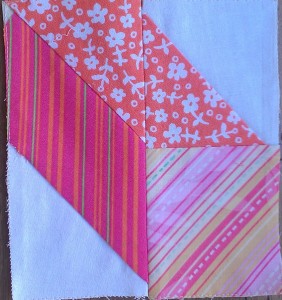
Women’s Work The First 20 000 Years – Elizabeth Wayland Barber
I heard about this book on Ravelry and then found a copy here. It was fascinating – I am tempted to start weaving except for the space and time commitment. I watched a few you tube clips and it takes a long time to set up the warp threads (I already have too many projects on the go).
Here is the blurb …
New discoveries about the textile arts reveal women’s unexpectedly influential role in ancient societies.
Twenty thousand years ago, women were making and wearing the first clothing created from spun fibers. In fact, right up to the Industrial Revolution the fiber arts were an enormous economic force, belonging primarily to women.
Despite the great toil required in making cloth and clothing, most books on ancient history and economics have no information on them. Much of this gap results from the extreme perishability of what women produced, but it seems clear that until now descriptions of prehistoric and early historic cultures have omitted virtually half the picture.
Elizabeth Wayland Barber has drawn from data gathered by the most sophisticated new archaeological methods—methods she herself helped to fashion. In a “brilliantly original book” (Katha Pollitt, Washington Post Book World), she argues that women were a powerful economic force in the ancient world, with their own industry: fabric.
This book was interesting; from the invention of string (who knew string was so amazing), weaving, the economics of weaving (and more particularly who controls the produce), different types of looms (and how local conditions affected their design), and why textile production was considered ‘women’s work’ in the first place. While being scholarly, this book was still easy to read and if you’re interested in textiles, women’s history or social history this is the book for you.
Other reviews …
http://string-revolution.com/blog/2009/09/14/womens-work-the-first-20000-years-by-elizabeth-wayland-barber/
http://quiltingfortherestofus.blogspot.com.au/2011/12/book-review-womens-work-first-20000.html
















